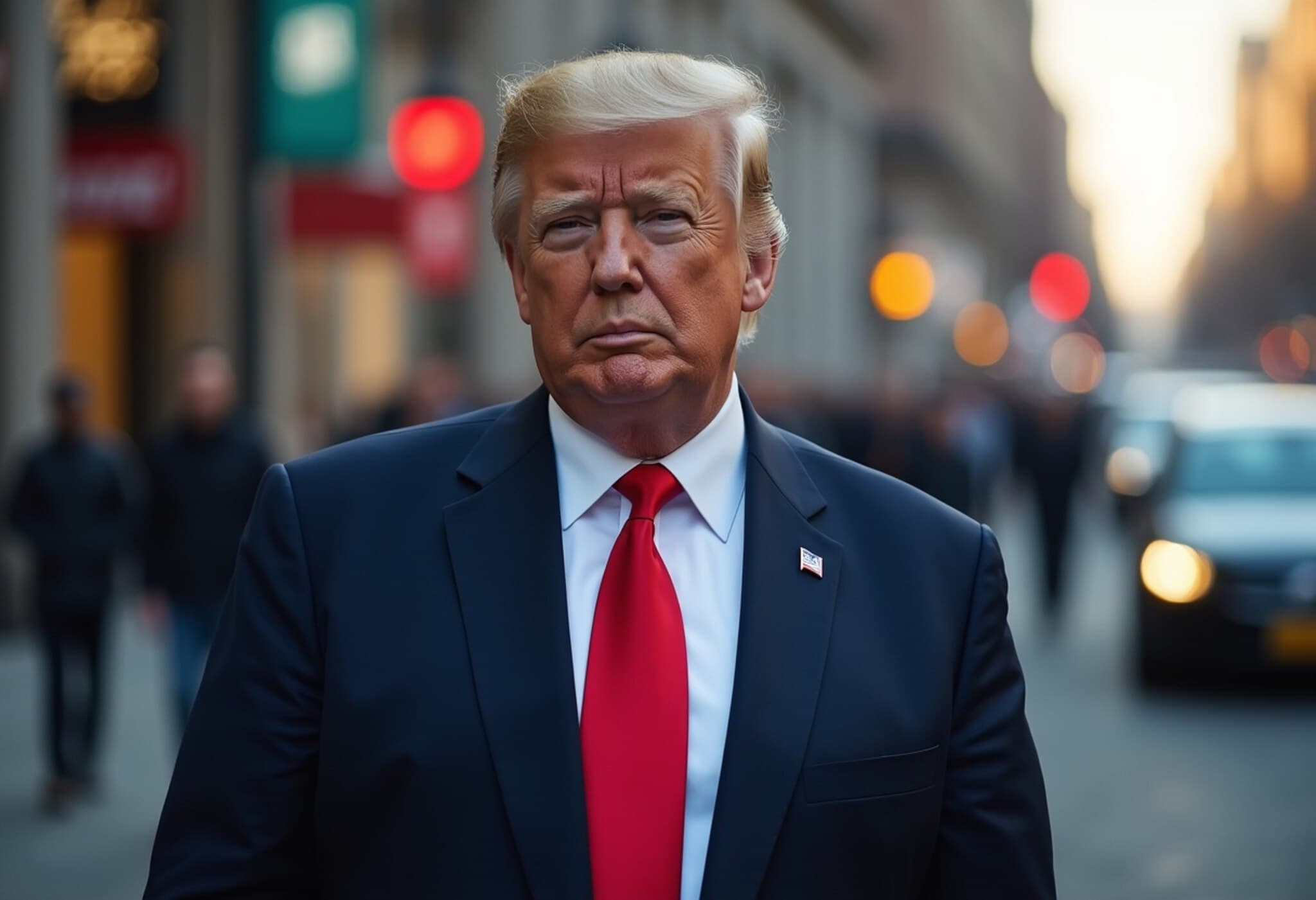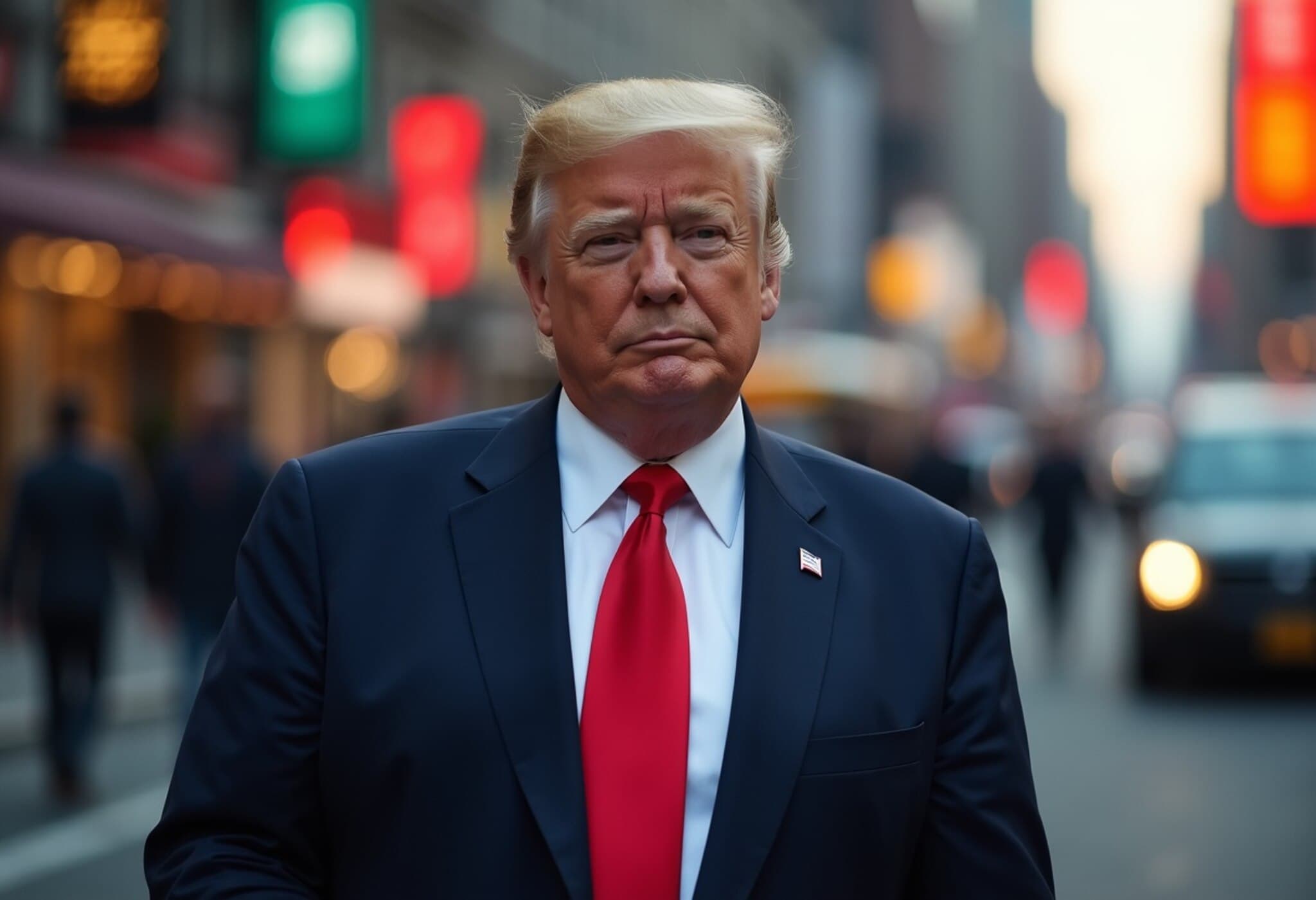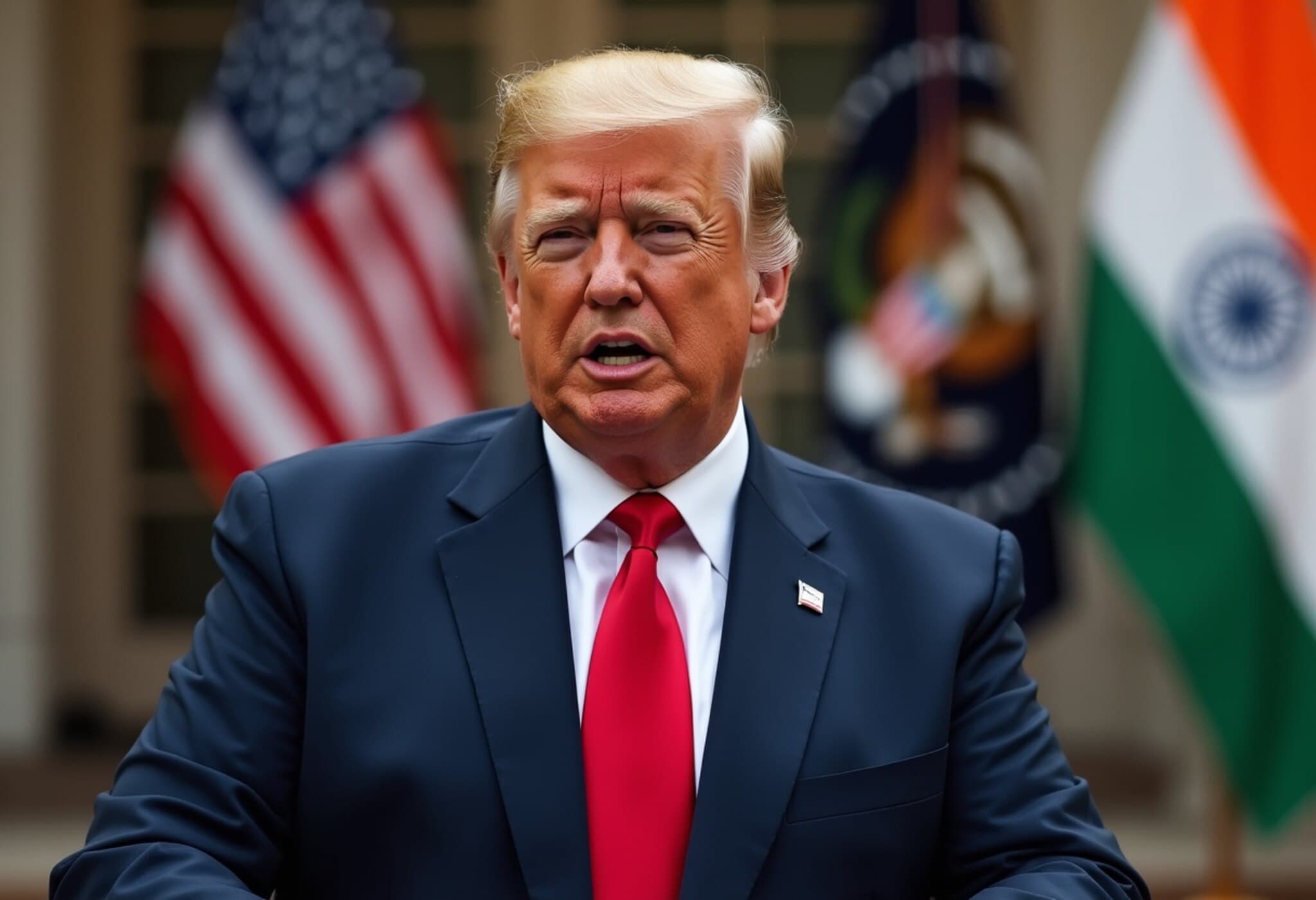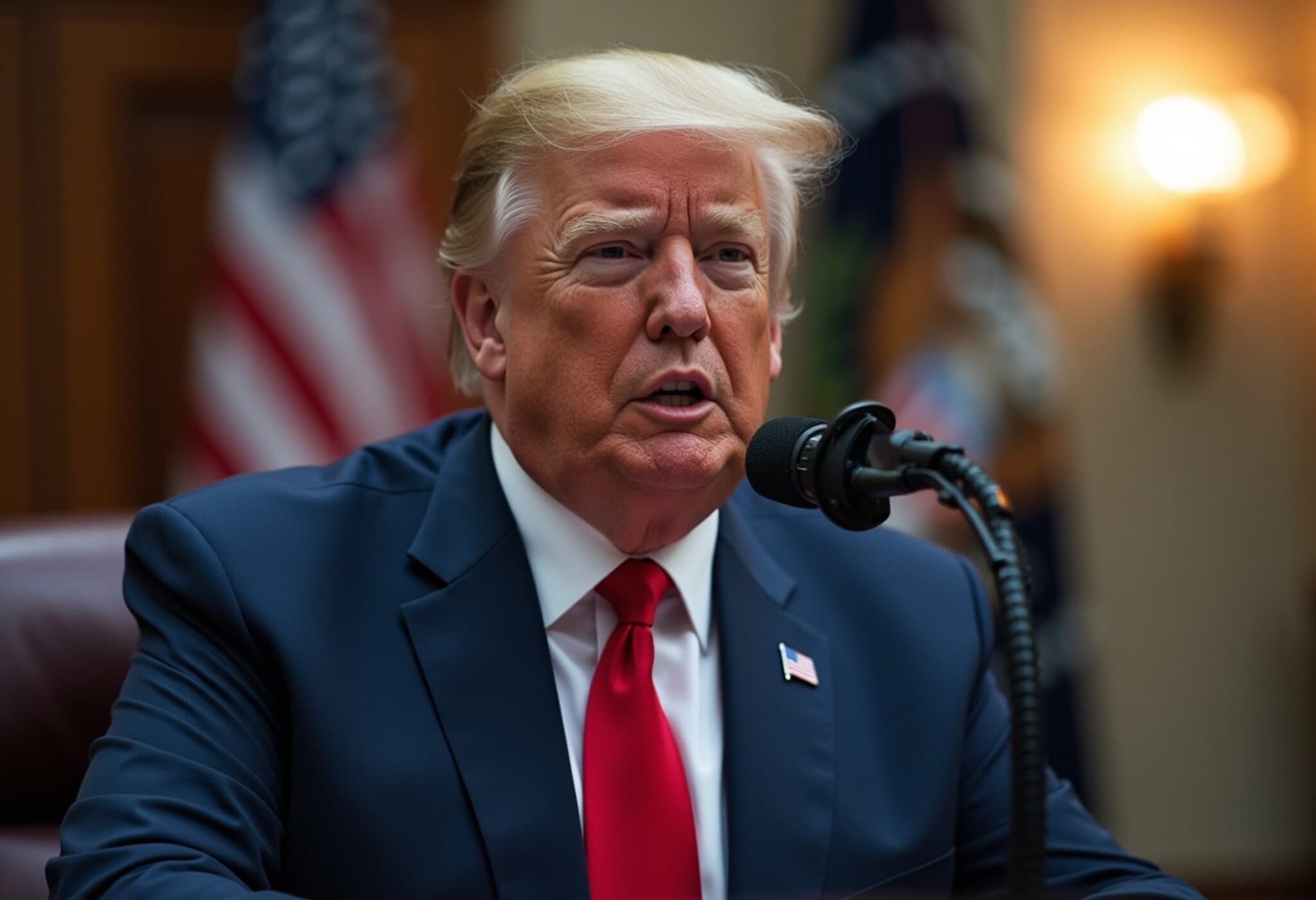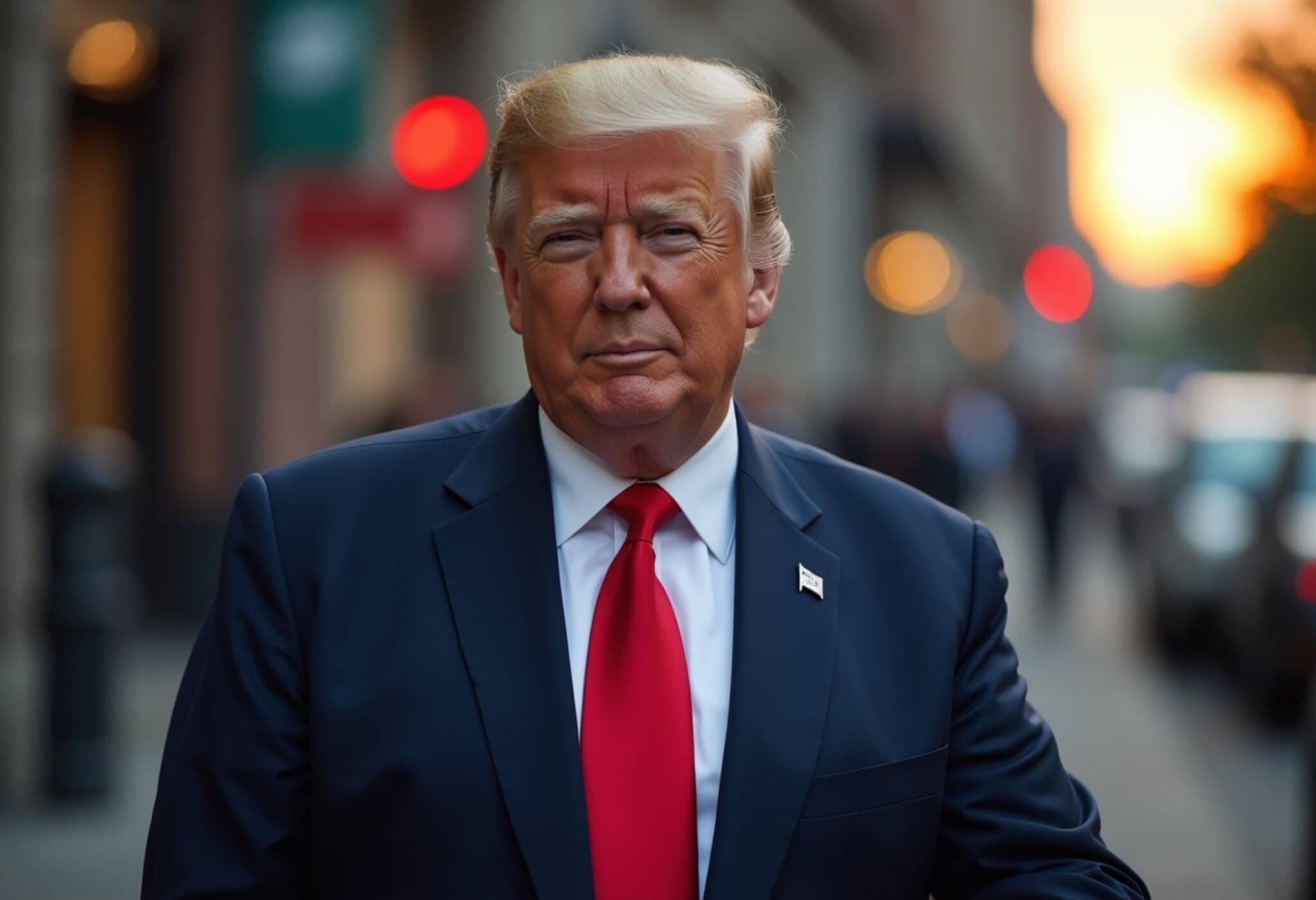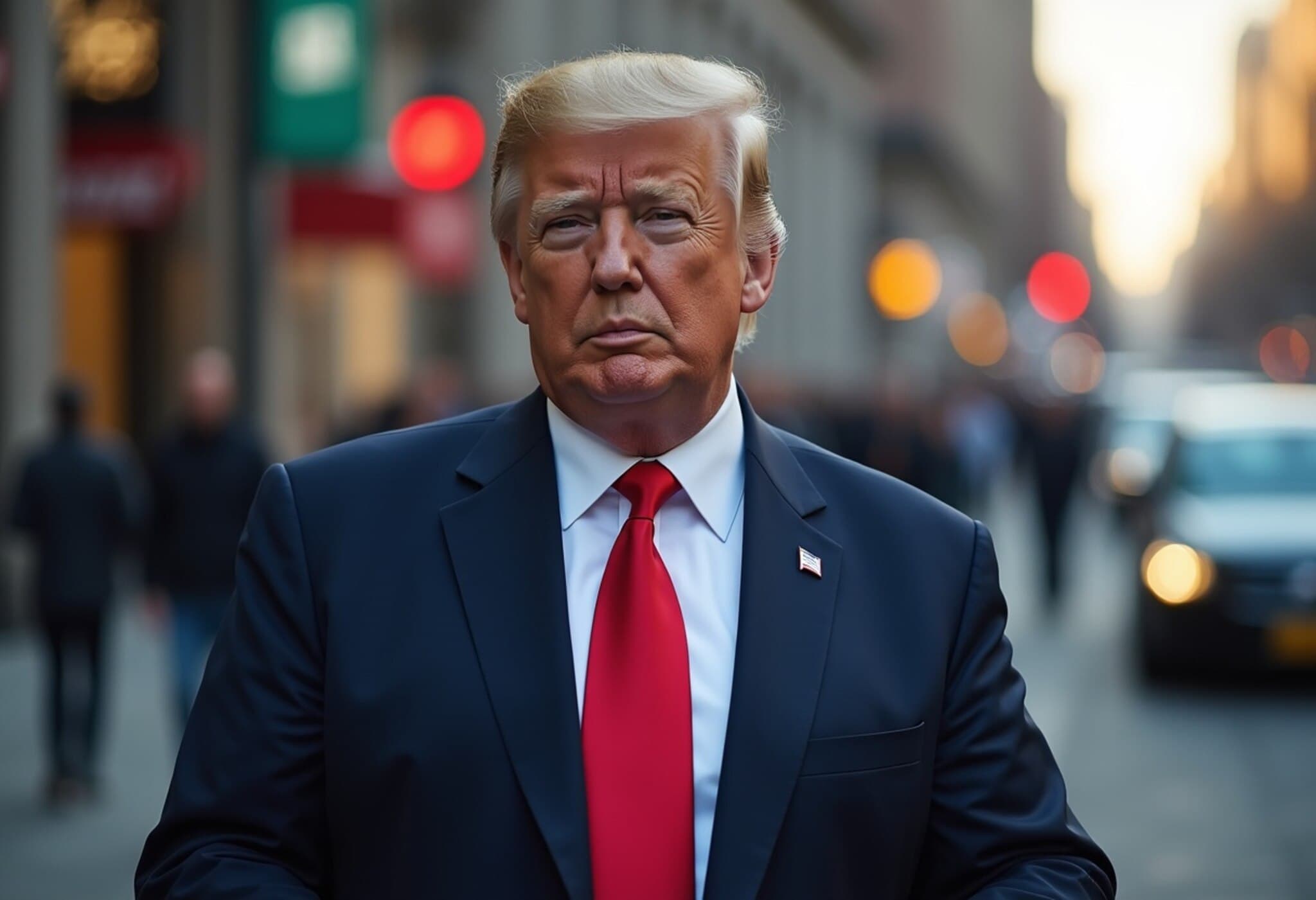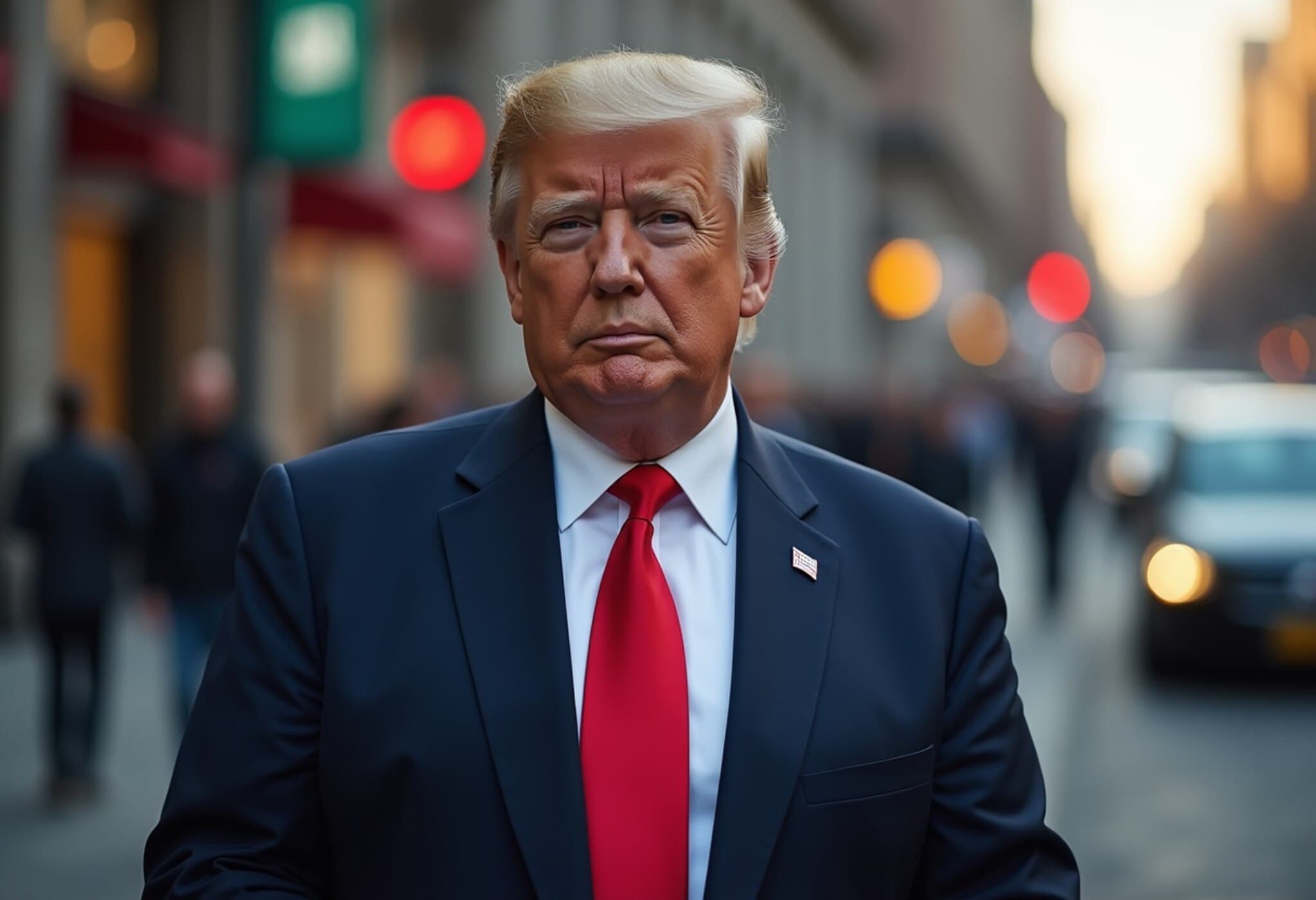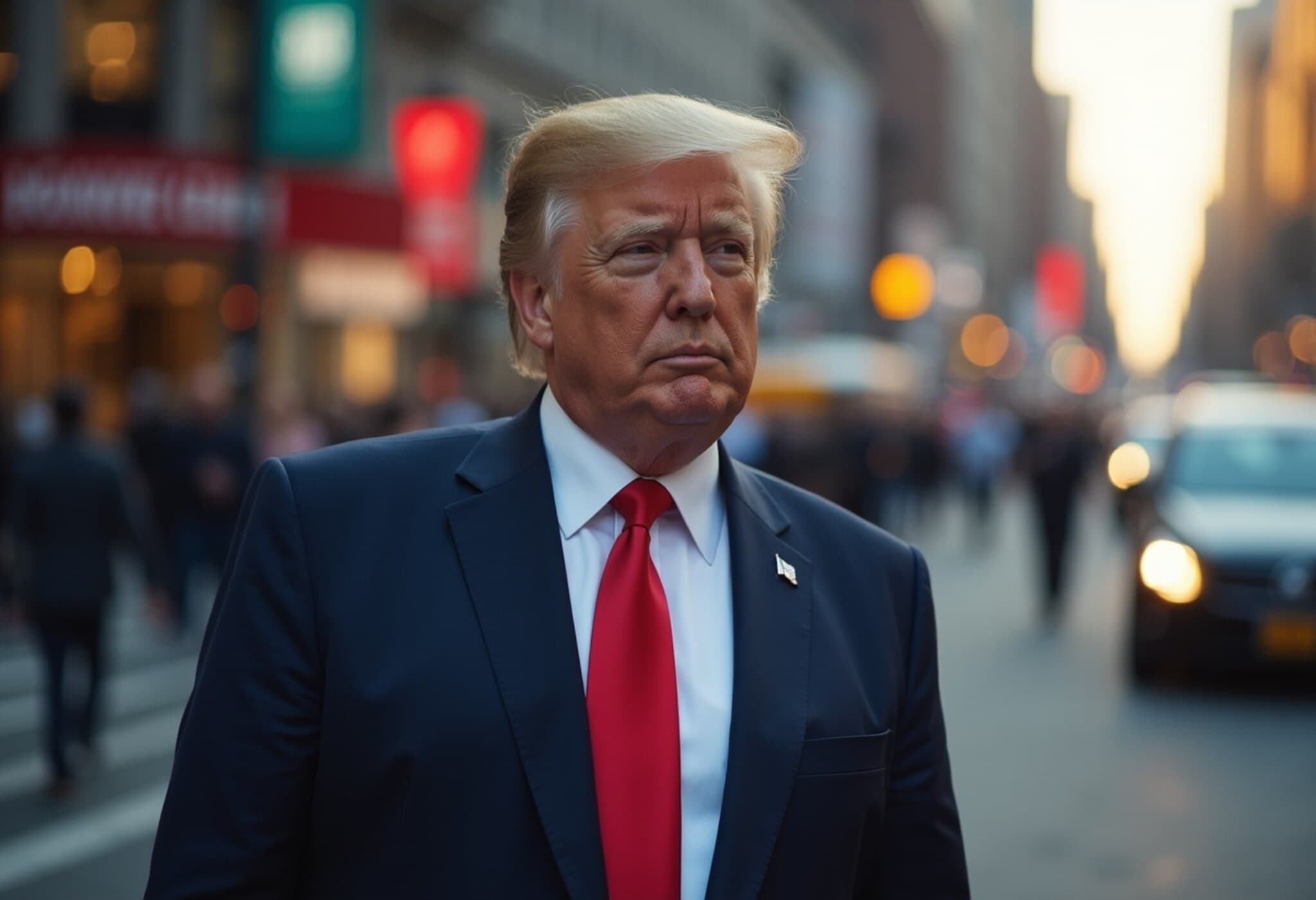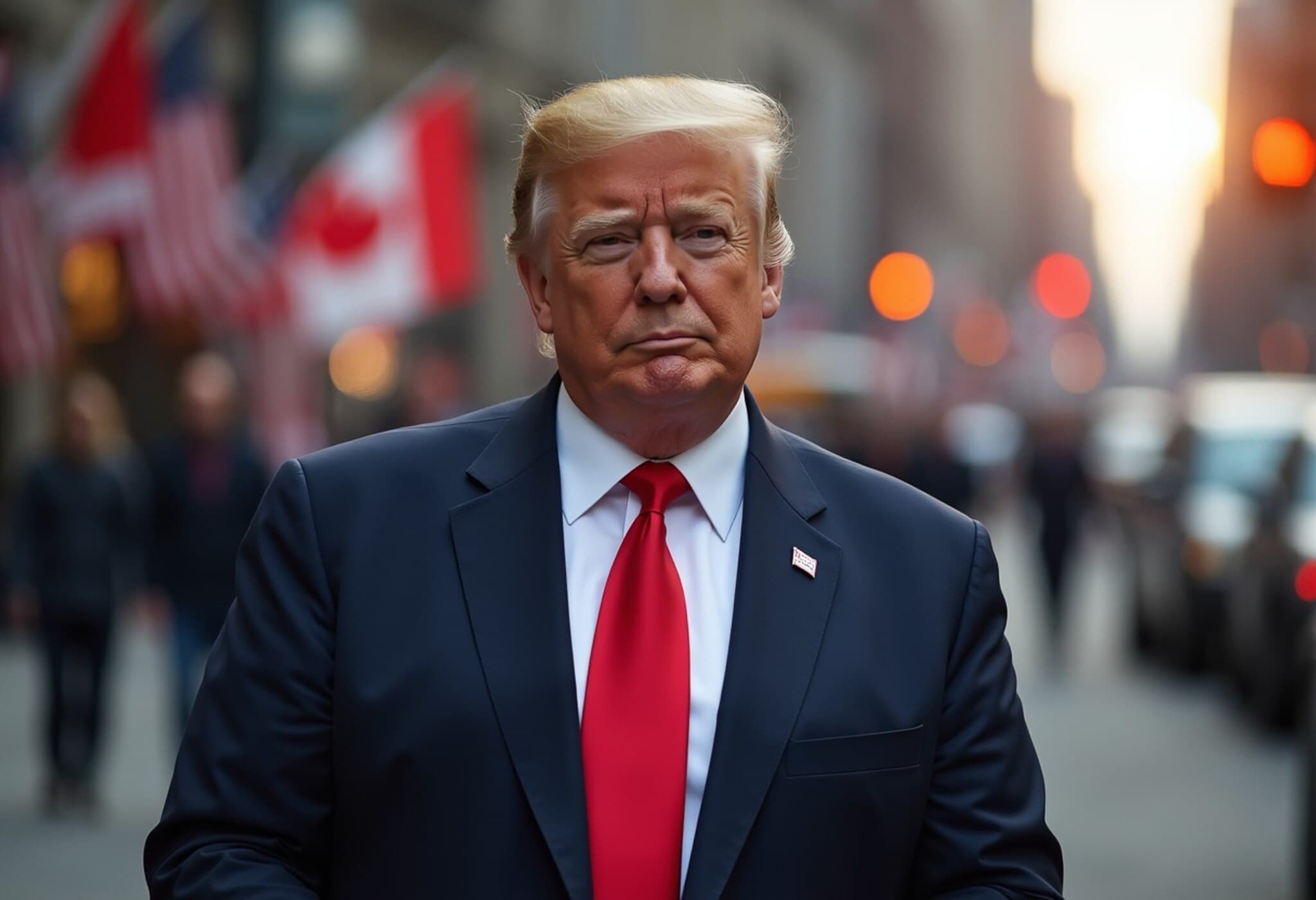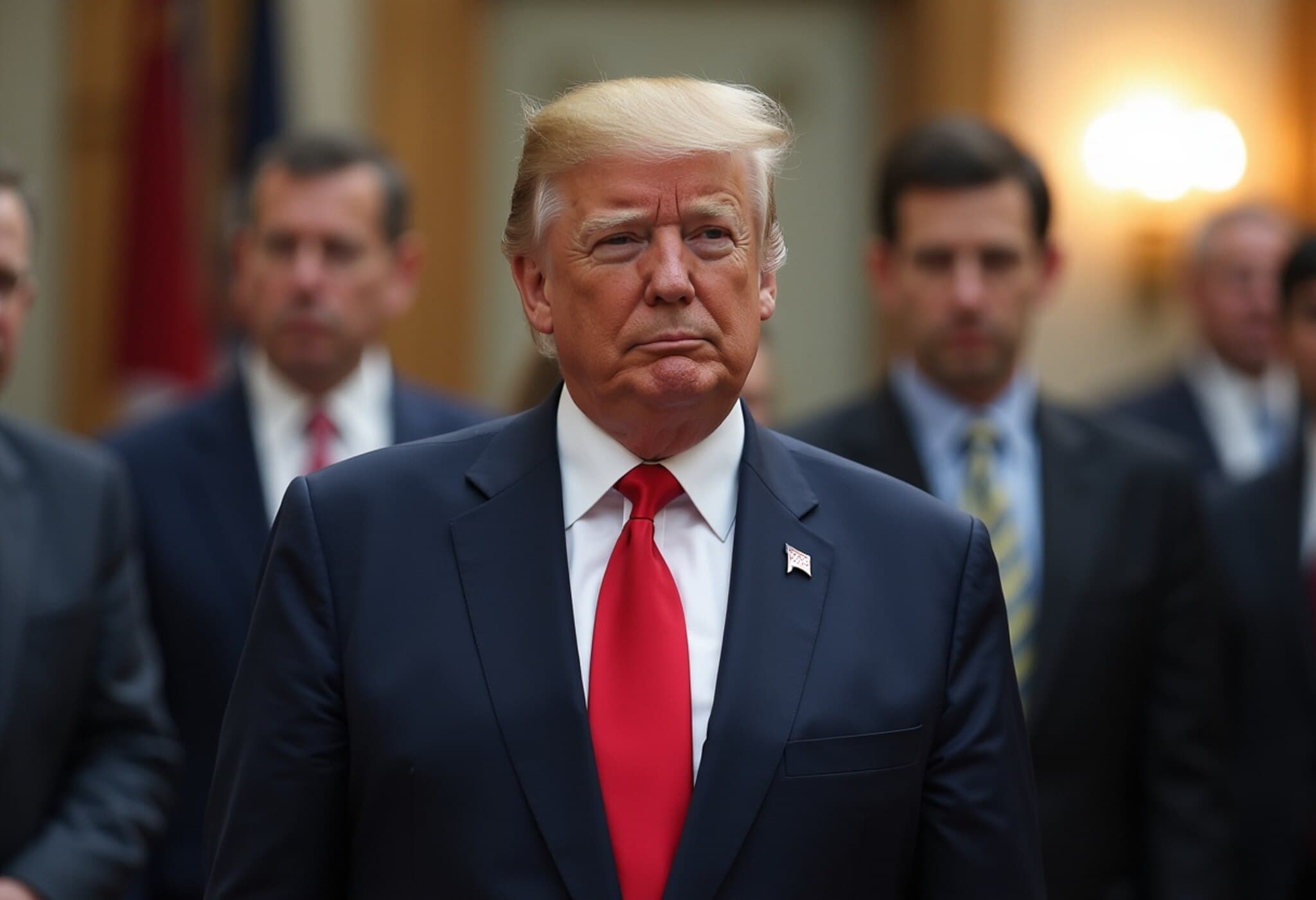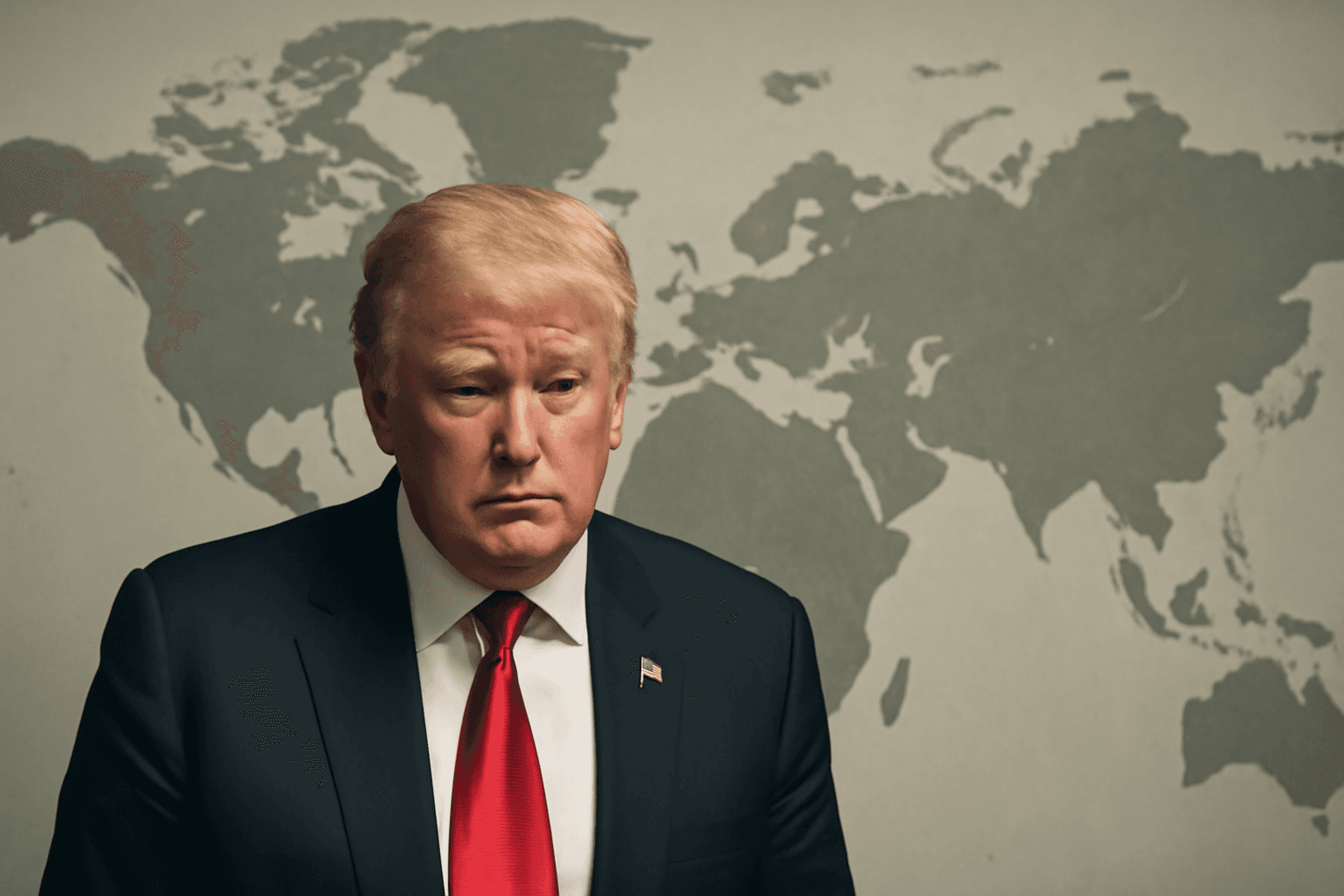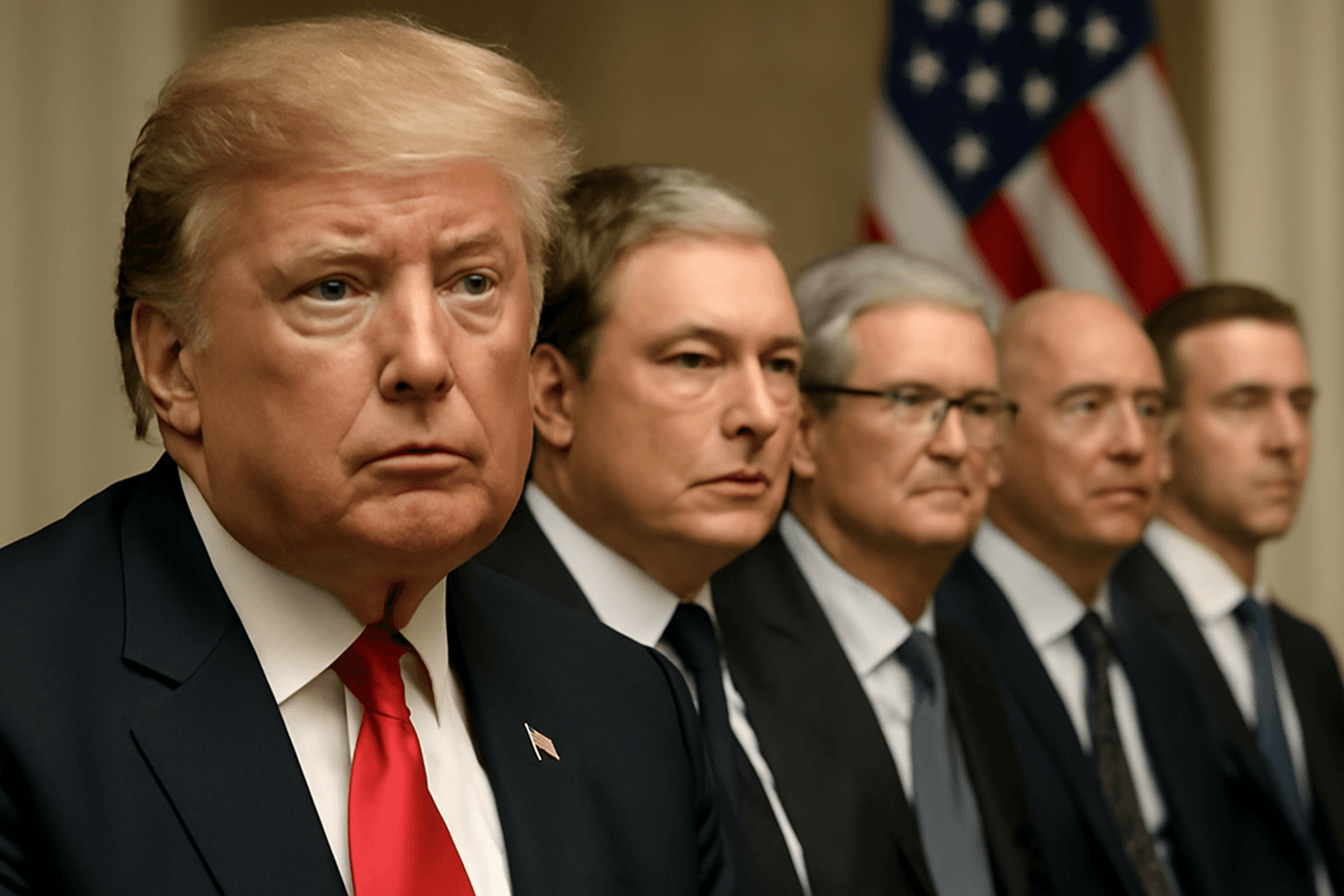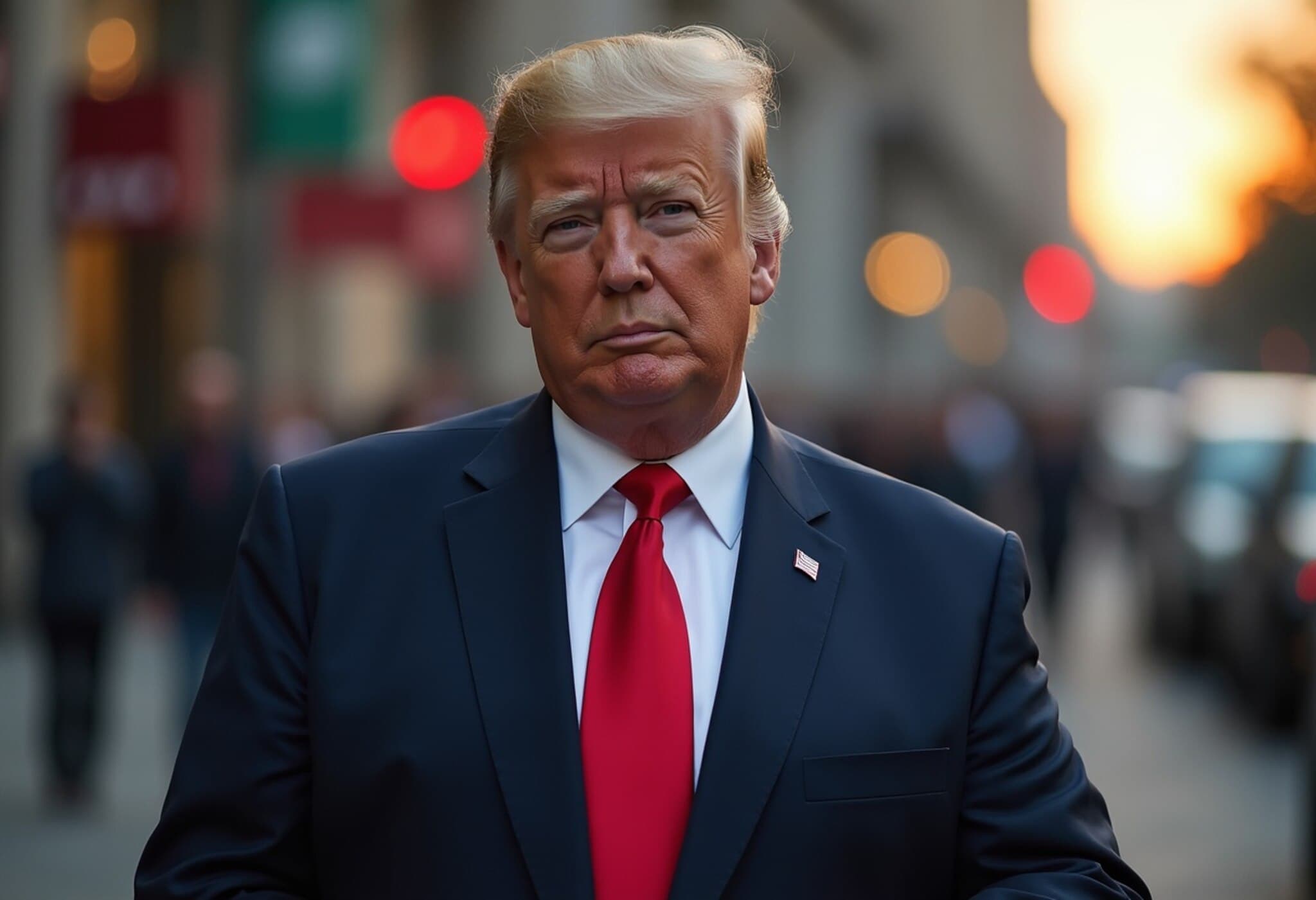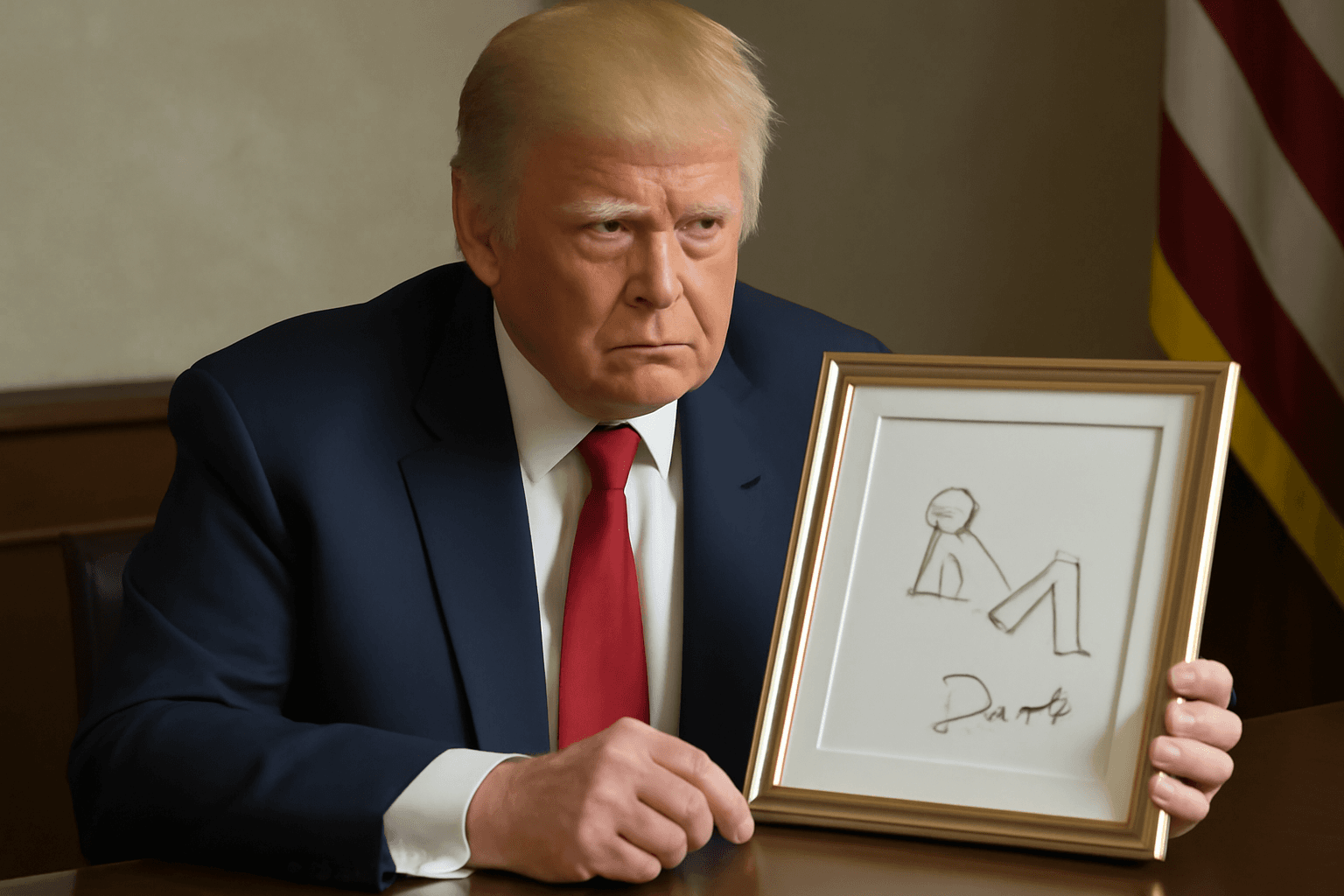Trump Intensifies Trade Negotiations with EU, Demands Higher Tariffs
In a notable escalation of trade tensions, former President Donald Trump is reportedly pushing for a minimum tariff range of 15% to 20% on imports from the European Union during ongoing trade talks. This demand marks a significant shift from earlier discussions that hovered around maintaining tariffs at a baseline 10%, signaling a tougher stance in Washington’s approach to transatlantic commerce.
Maintaining High Levies on Autos
Central to Trump’s hardening position is his firm rejection of the EU’s recent proposal to reduce tariffs on automotive imports. The United States insists on continuing with the currently planned 25% tariff on car and automotive parts, a move that has proven contentious in negotiations. This insistence reflects longstanding U.S. concerns about balancing trade deficits and protecting domestic manufacturing sectors.
Broad Tariff Threats Extend Beyond the EU
The aggressive tariff posture is not confined to Europe. According to reports, the Trump administration has extended similar tariff threats — ranging widely between 20% to 50% — to 23 other countries, including major economies such as Canada, Japan, and Brazil. These countries face an August 1 deadline to negotiate new agreements or risk facing these sweeping duties on their exports to the United States.
Economic and Diplomatic Ripples
While these tariffs have started generating tens of billions of dollars in monthly revenue for the U.S. government, the economic benefits come at the cost of fraying diplomatic relations with some of America’s closest trading partners. The levies include particularly steep duties, such as 50% on steel and aluminum, which have already ignited criticism abroad.
European Leaders Voice Concerns
- Germany’s Chancellor Friedrich Merz voiced unease over Washington’s inflexibility regarding sector-specific exemptions. He emphasized the EU’s willingness to accommodate nuances, contrasting it with America’s more rigid stance.
- A senior EU diplomat cautioned that the enforcement of permanent reciprocal tariffs in the 15–20% range could force Europe’s hand, potentially triggering retaliatory measures. “We don’t want a trade war, but we don’t know if the US will leave us a choice,” the official remarked.
Analyzing the Broader Impact
Trade experts underscore the risks inherent in escalating tariff conflicts, highlighting how increased duties can disrupt global supply chains, raise consumer prices, and slow economic growth on both sides of the Atlantic. Moreover, such aggressive trade posturing may undermine the multilateral trade frameworks established to foster cooperation and stability.
From an American domestic policy perspective, the move reflects an ongoing prioritization of manufacturing and job preservation rhetoric that has resonated with key political constituencies. However, critics warn that the collateral damage to international relations could erode the United States’ soft power and influence in global trade policymaking bodies.
Key Questions Moving Forward
- How will the EU balance the pressure to protect its industries with the risk of a costly trade war?
- Can diplomatic channels avert an expansion of tariffs into a broader economic standoff?
- What impact will these tariffs have on U.S. consumers and American companies reliant on imported components?
Editor's Note
This renewed thrust towards steeper tariffs underscores the fragile nature of international trade relations in a complex geopolitical landscape. While the administration’s drive to bolster American manufacturing and revenue is clear, the path forward demands careful negotiation to avoid unintended economic fallout. The coming weeks are pivotal, as both sides weigh the cost of confrontation against the benefits of compromise.

